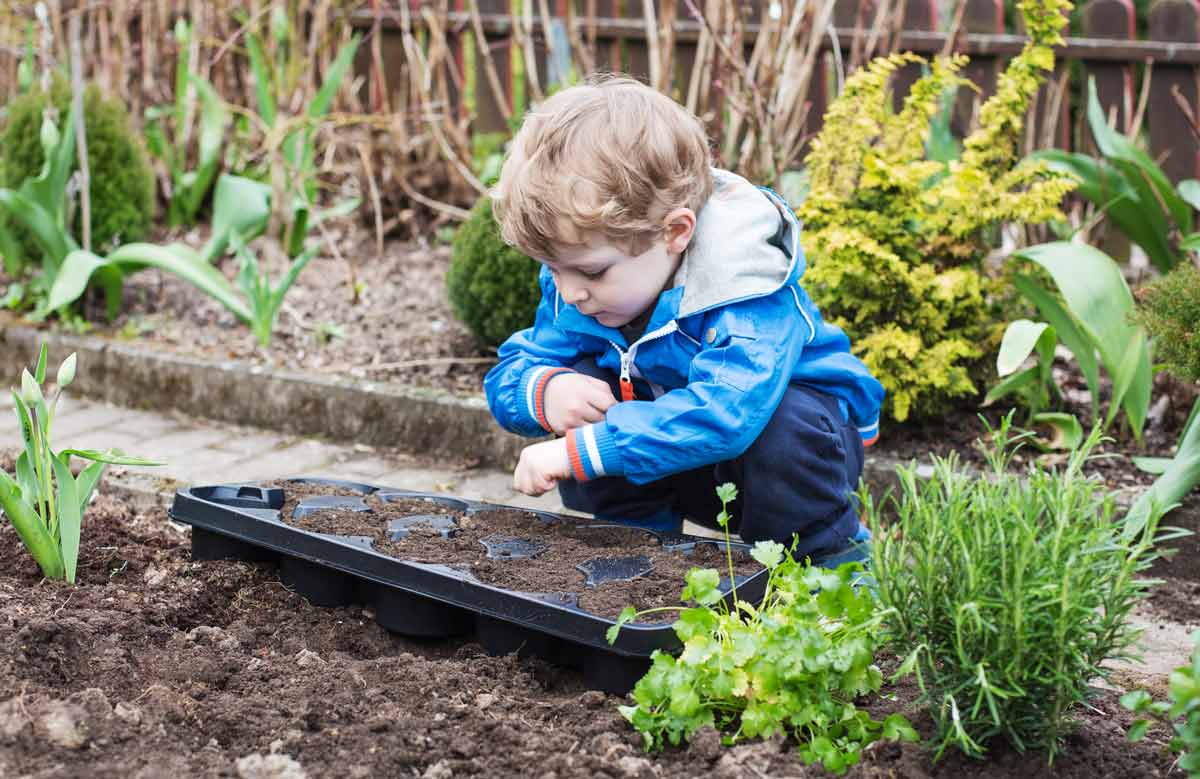Run, Walk, Crawl
In this lesson, children will measure the time that it takes to move quickly versus moving slowly.
Content Area:
Beginning Skills and Processes
Learning Goals:
This lesson will help toddlers and preschoolers meet the following educational standards:
- Develop beginning skills in the use of science and engineering practices, such as observing, asking questions, solving problems and drawing conclusions
- Use tools and technology to assist with science and engineering investigations
Learning Targets:
After this lesson, toddlers and preschoolers should be more proficient at:
- Planning and carrying out simple investigations
- Collecting, describing, comparing and recording information from observations and investigations
- Using nonstandard and standard scientific tools for investigation

Run, Walk, Crawl
Lesson plan for toddlers/preschoolers
Step 1: Gather materials.
- A clock or a wristwatch with a second hand or a stopwatch
- A large gross-motor area
- Clipboards with paper or notebooks for recording
- Pencils, markers or pens for recording
Note: Small parts pose a choking hazard and are not appropriate for children age five or under. Be sure to choose lesson materials that meet safety requirements.
Step 2: Introduce activity.
- Place two markers on the floor a good distance apart. (Markers can be pieces of tape, blocks or anything else that can mark the beginning and the end.)
- Stand on or at one of the markers.
- Ask: “If I were to travel from here to over there (point to the other marker), would I get there faster if I ran or faster if I walked? What would be faster: walking or crawling? Crawling or running? Running or skipping?”
- Ask: “What other ways can we travel from one point to the next?” (Children may suggest hopping, army crawling, tumbling, etc.)
- Using children’s suggestions, have them compare two ways of traveling and identify which one they think will be faster or which one will be slower.
- Show the children the stopwatch or the clock with the second hand and help them identify how it measures time in seconds.
- Let the children hold the large clock or stopwatch and explore it themselves. Count: “1,2,3, etc.” if a stopwatch is not available. Teach the children how to count using this method and explain that each number represents one second of time.
- Ask: “What two ways do you want to measure me traveling?”
- Use the two ways that the children choose. For example, if the children choose to run and crawl, run from one marker to the next marker while the children watch the clock to measure the seconds or count aloud. Then record the time. Then crawl while the children watch the clock to measure seconds or count aloud and record the time again.
- Ask: “Which way was faster? Which way was slower?”
- Tell the children: “Now it is your turn.”
Step 3: Engage children in lesson activities.
- Put the children in pairs and tell them that they will take turns measuring each others’ times for the different ways that they will travel from one point to the next.
- Have each child pick three ways to travel.
- Tell the children that one child should travel while the other child measures time in seconds and records the time. Have the children switch roles.
- Ask the children to record the types of travel in order from slowest to fastest.
- Have the children share their findings with the group.
- Ask the children follow-up questions, such as: “Why does it take longer when we crawl? Why does it take less time when we run? Is it faster to walk than crawl? Is it slower to walk than run? How long did it take? How much longer did it take to crawl versus walking?”
Step 4: Vocabulary.
- Compare—To identify the similarities or differences between two objects
- Predict—To guess what might happen next
- Data—Information that is collected through a study or an investigation
- Record—To set down in writing
- Conclude—To make statements about what was learned after an observation or experiment
Step 5: Adapt lesson for toddlers or preschoolers.
Adapt Lesson for Toddlers
Toddlers may:
- Have difficulty varying the speed of travel
- Not be able to think of other ways to travel
- Not travel a direct route each time
- Not be able to use all of the functions on a stopwatch
- Not be able to read a clock or count
Child care providers may:
- Separate the younger children from the older children and play at separate times
- Give the directions slowly, with repeated reminders of the rules
- Provide a line for the children to travel along
- Assist in measuring time with a stopwatch
Adapt Lesson for Preschoolers
Preschoolers may:
- Not travel the same route each time
- Not be able to use all functions on a stopwatch accurately
- Not be able to record the data accurately
- Want to have races to compete with one another and record times
Child care providers may:
- Provide a line for the children to travel along
- Assist in measuring time using a stopwatch
- Need to record times for the children
Suggested Books
- Red Light Green Light by Anastasia Suen and Ken Wilson-Max
- Red, Stop! Green, Go! by P.D. Eastman
Music and Movement
Outdoor Connections
- Using the big clock or a stopwatch, time the children as they perform various outdoor activities (e.g., running from one end of the playground to the other or swinging back and forth 10 times).
- Play “Red Light, Green Light” using the different ways of traveling. Have children take turns being the leader.
Comment on this lesson